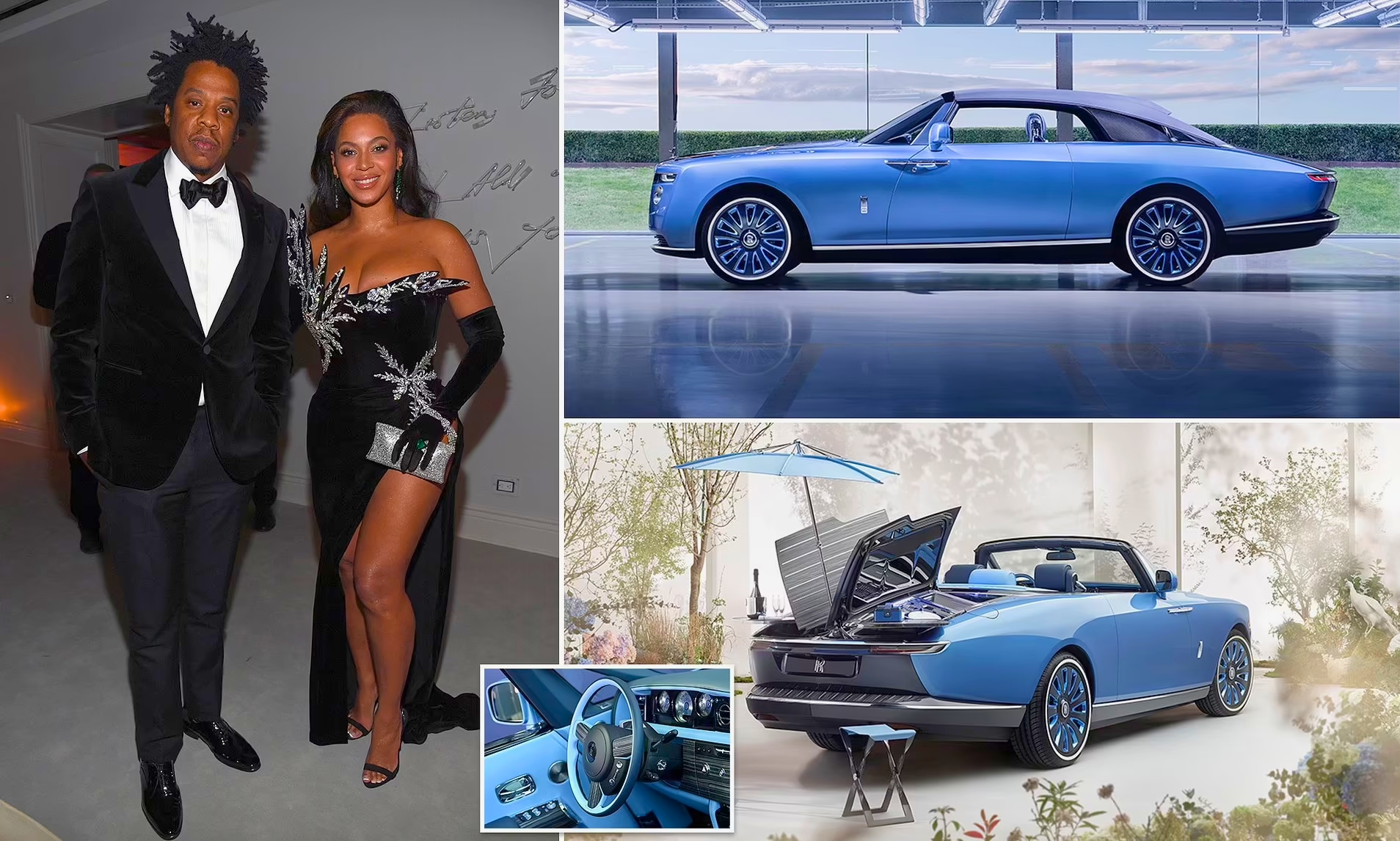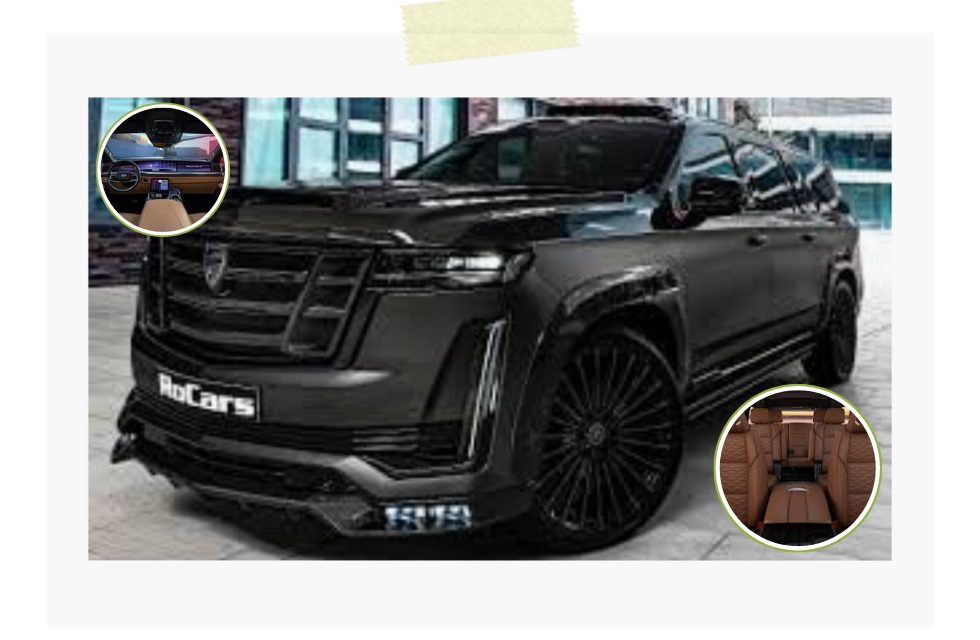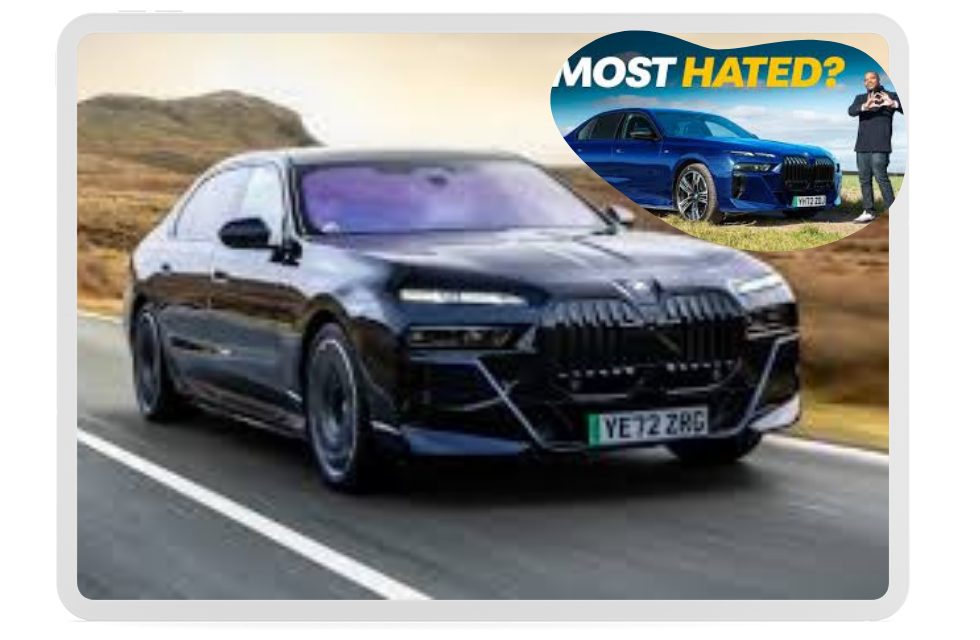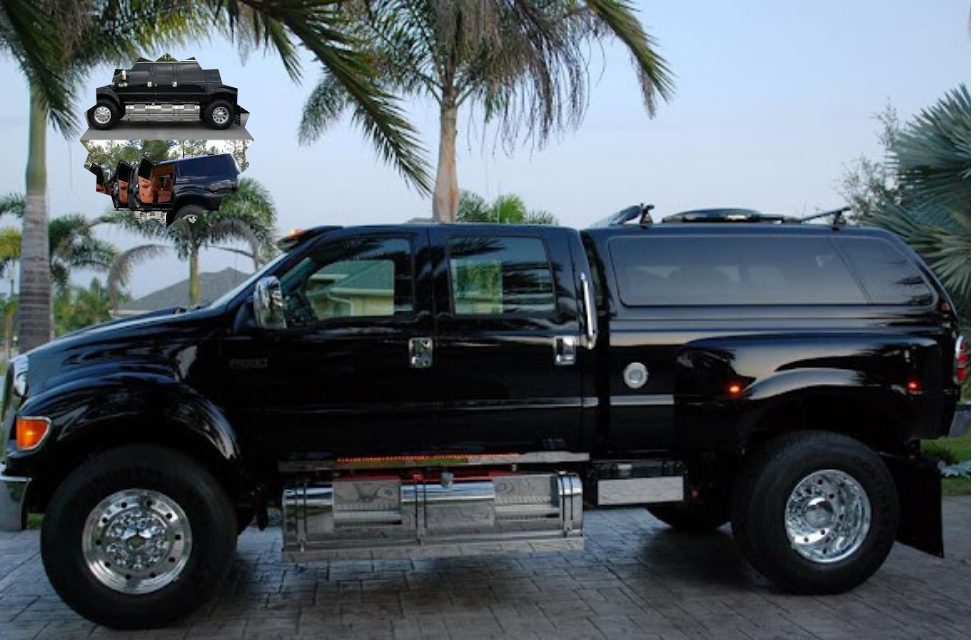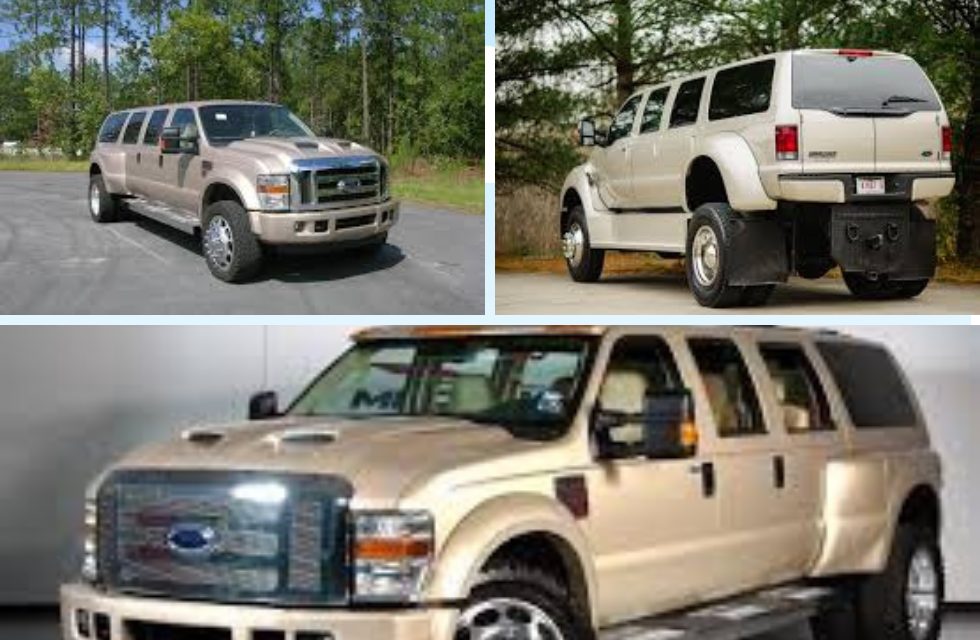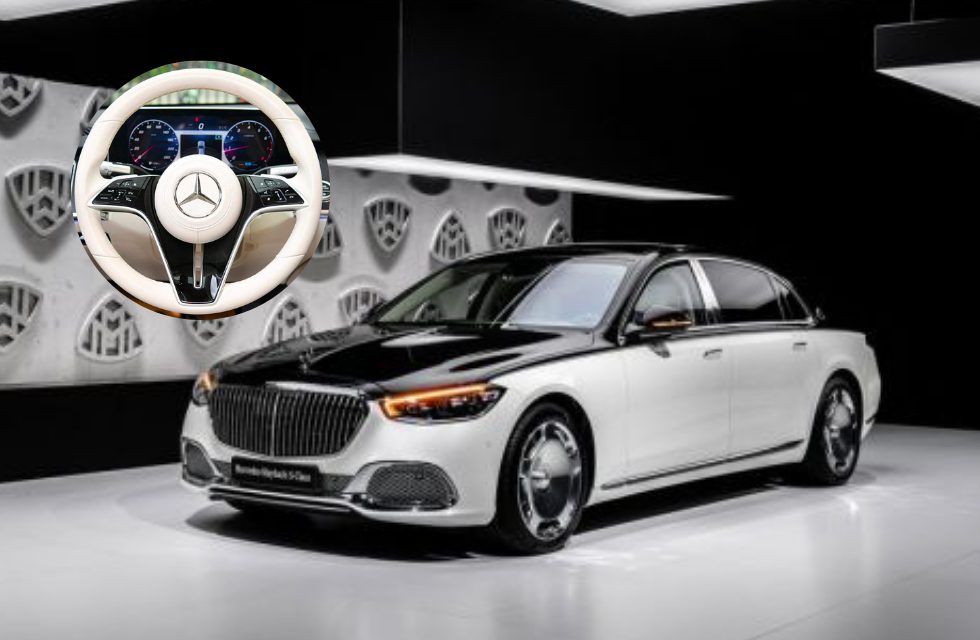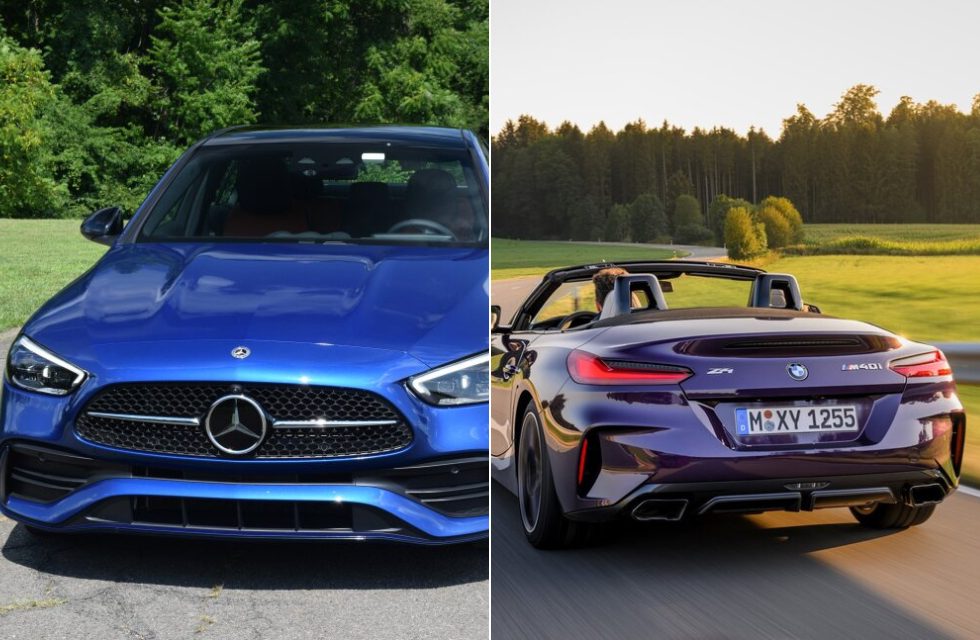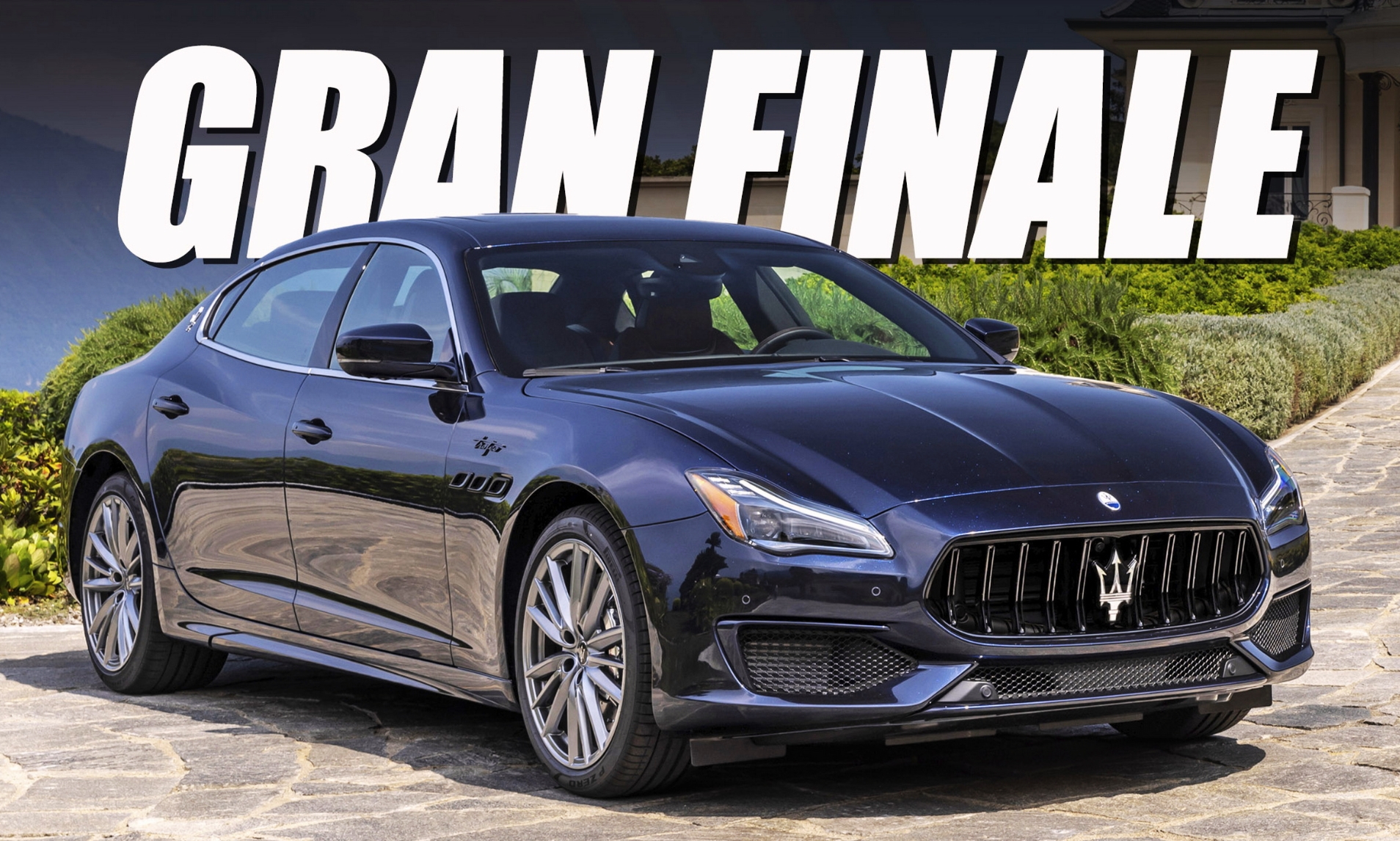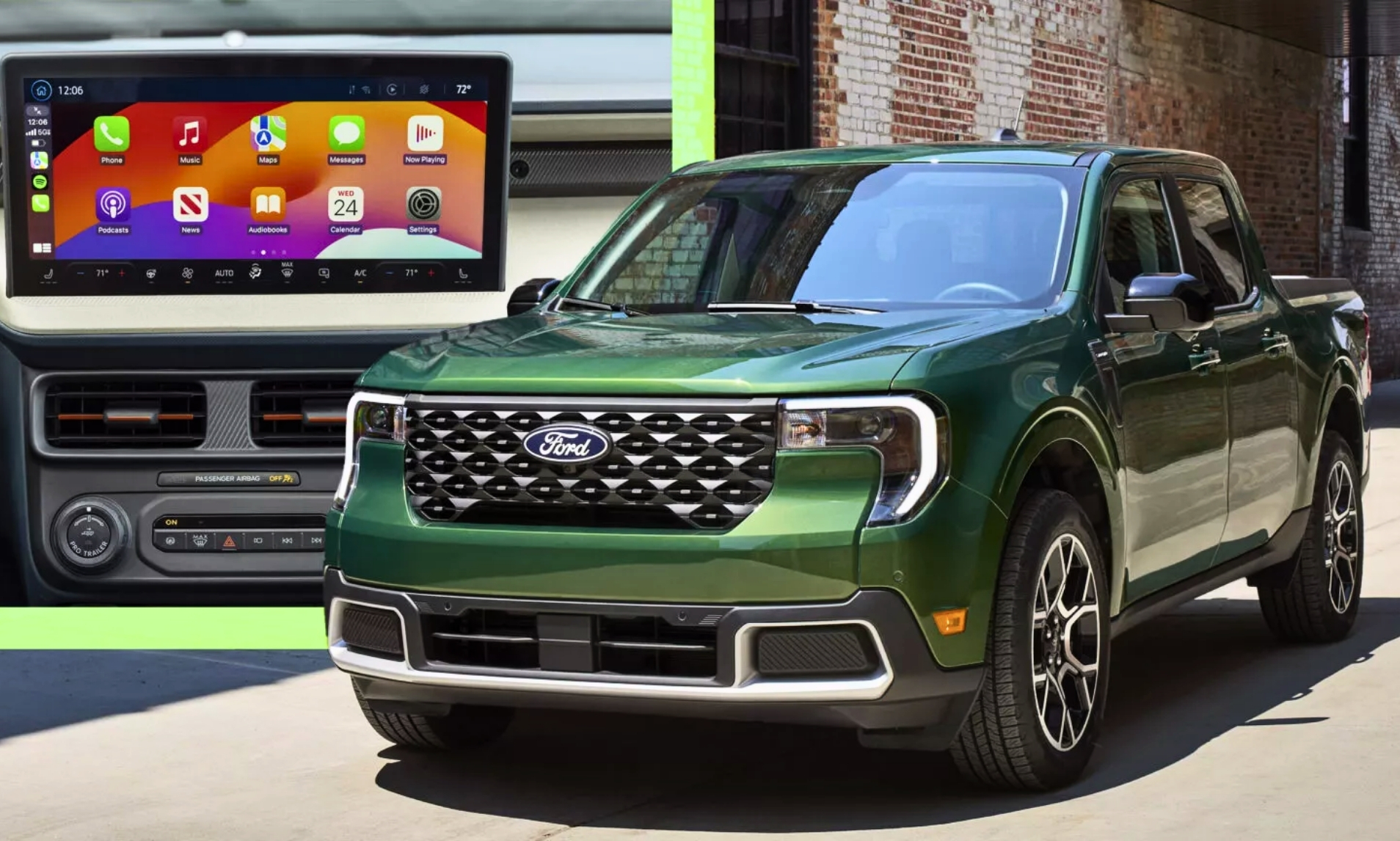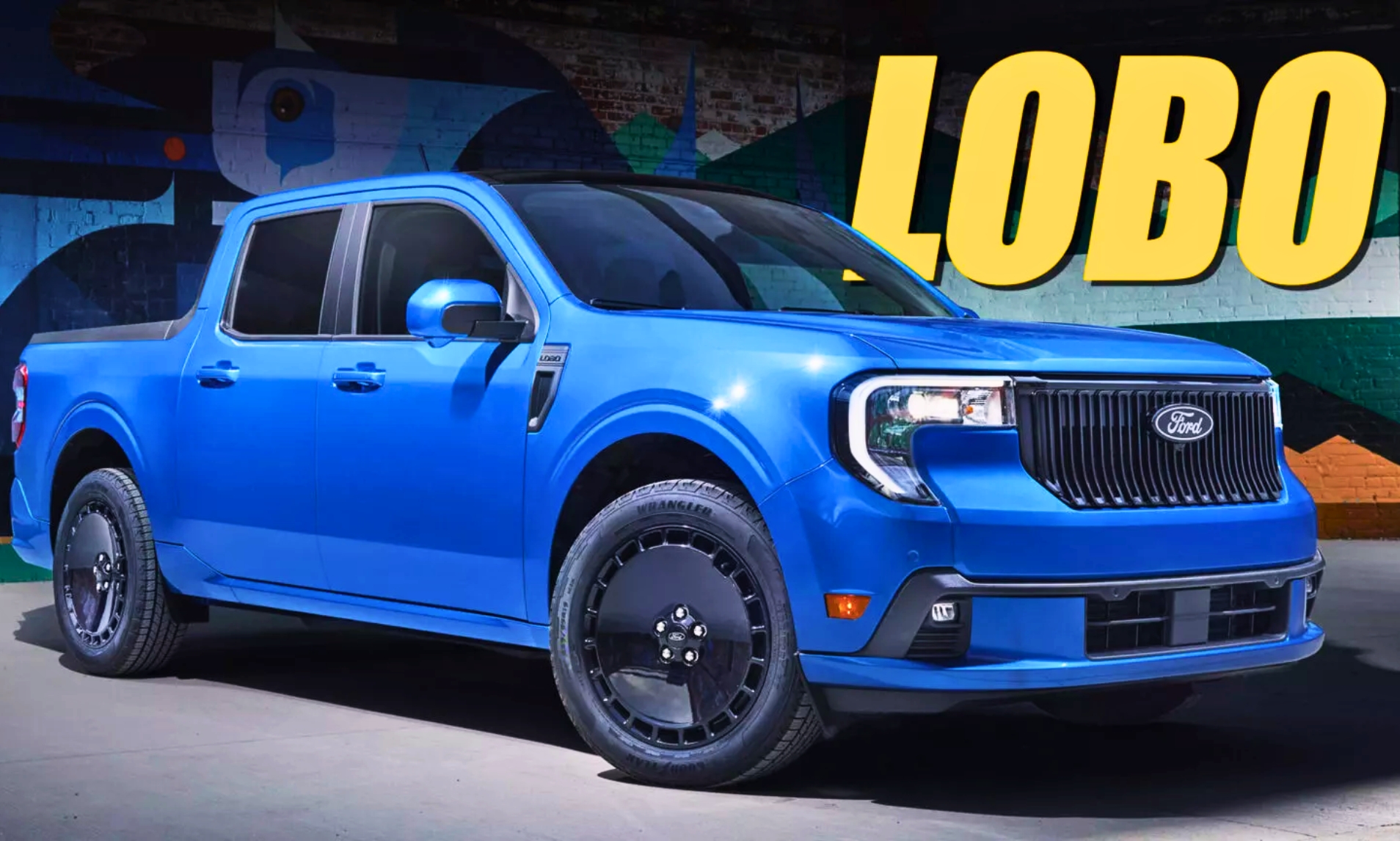Great to drive doesn’t necessarily make for a great three-row SUV.

In typical Mazda fashion, even its largest SUV is fun to drive. The new CX-90 three-row – which replaces the also good CX-9 – brings actual driving prowess to an otherwise lackluster class thanks to a rear-wheel-drive architecture and two new powertrains: An inline-six and a four-cylinder plug-in.
I’m testing the latter; a 2.5-liter four-cylinder engine with a 14.8-kilowatt-hour battery pack and a single electric motor. Mazda’s first American PHEV has 323 horsepower and 369 pound-feet of torque, paired to an eight-speed automatic transmission and all-wheel drive.
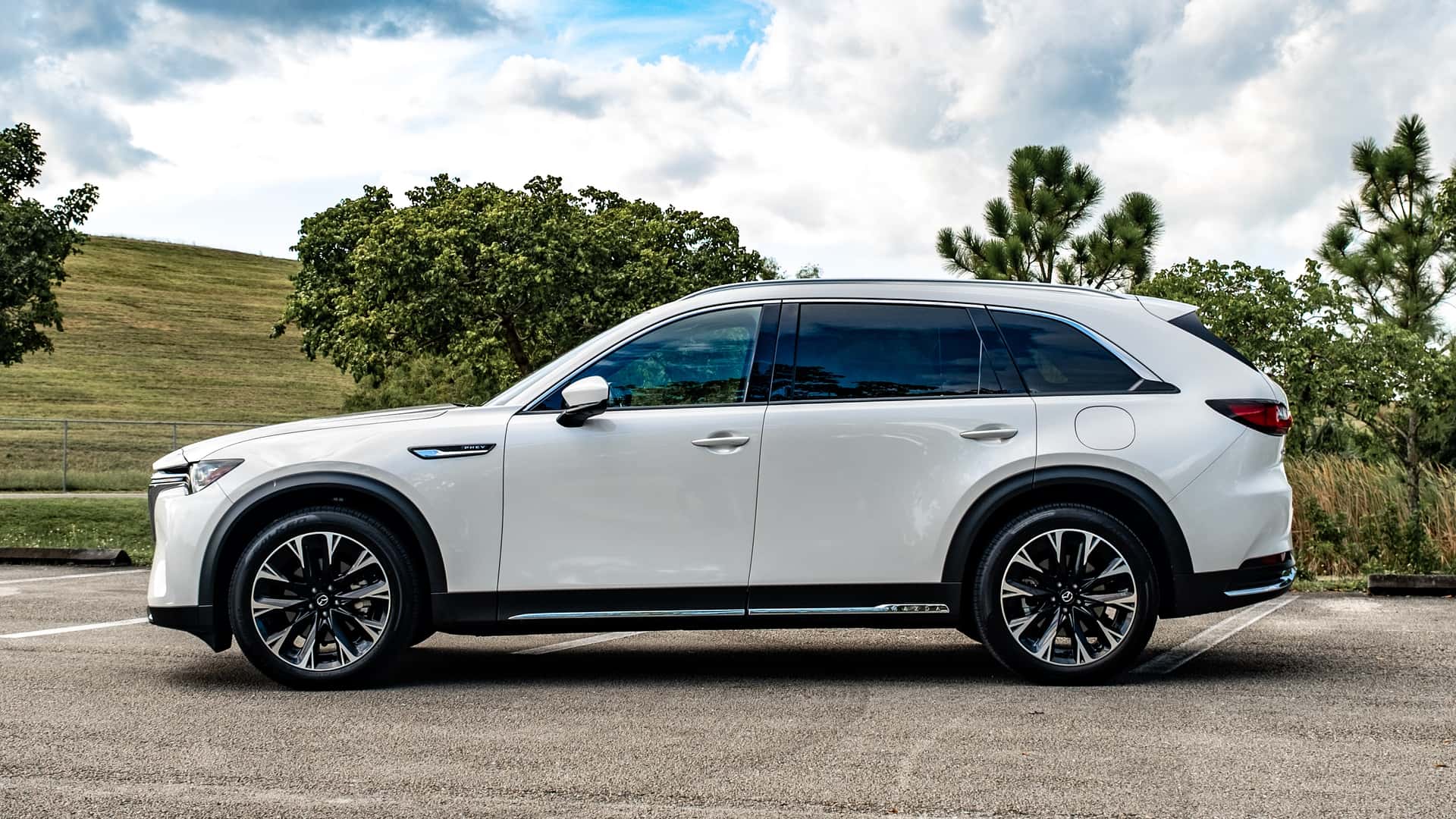
Even though this version of the CX-90 weighs 5,236 pounds, it doesn’t feel too bulky. The torque from the electric motors hurries it off the line while the four-cylinder adds more oomph. Don’t call it quick, but the CX-90 gets off the line better than any of its naturally aspirated, V6 competitors.
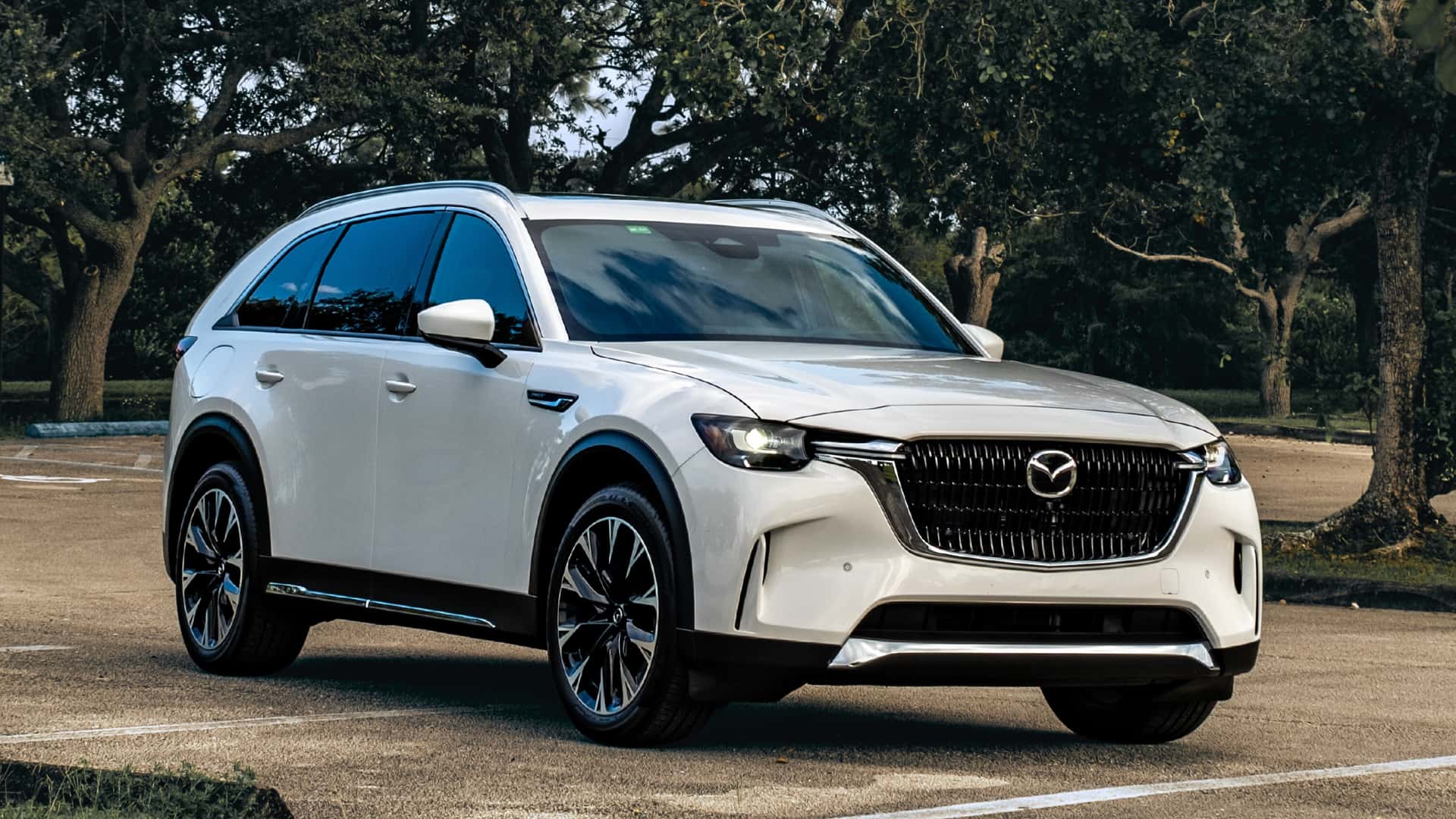
It’s not perfect. There is some clunkiness at low speeds; the handoff between the electric motor and gas engine isn’t seamless. While the four-cylinder hums around town, it’s loud and a bit rough when you lay your foot hard on the throttle. But that can be expected with a small engine lugging around this much weight.
The good news is that you can drive the CX-90 on battery power for up to 26 miles. That is technically the worst among other three-row plug-ins – the Volvo XC90 Recharge and Kia Sorento PHEV both do 32 miles – but the Mazda will recharge on a Level 2 charger in just two and a half hours while the Kia and Volvo take about three and five hours, respectively. Not to mention the CX-90 also has two regenerative braking modes: Normal and High.
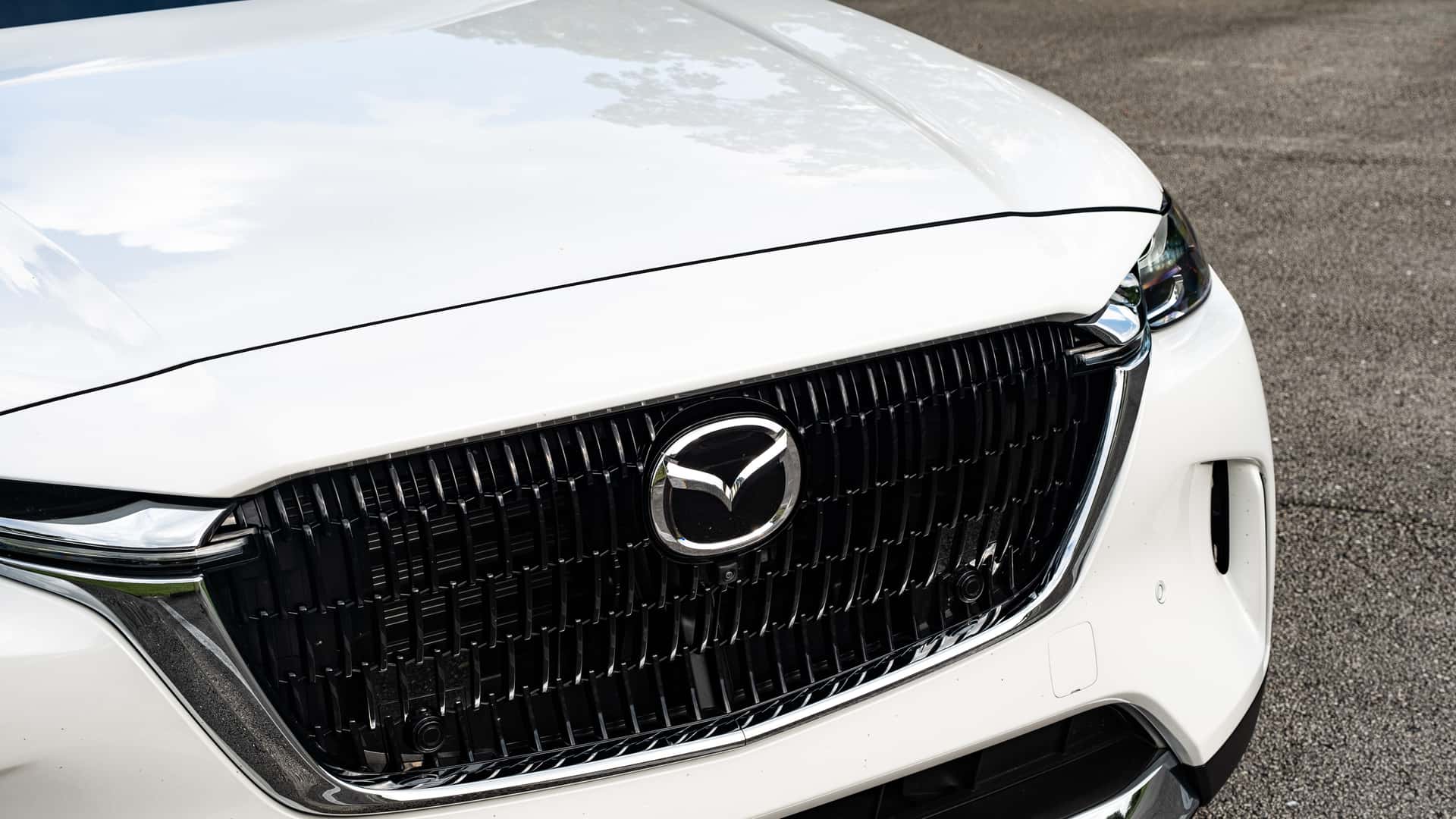
The CX-90 has a stiffer suspension than most other three-rows. That extra rigidity does affect ride quality – it feels crashy over broken pavement – but it also yields nice balance and excellent weight distribution in the oft chance you take your three-row SUV canyon carving. The steering is responsive and quick but feels artificially heavy, an odd choice for a family hauler.
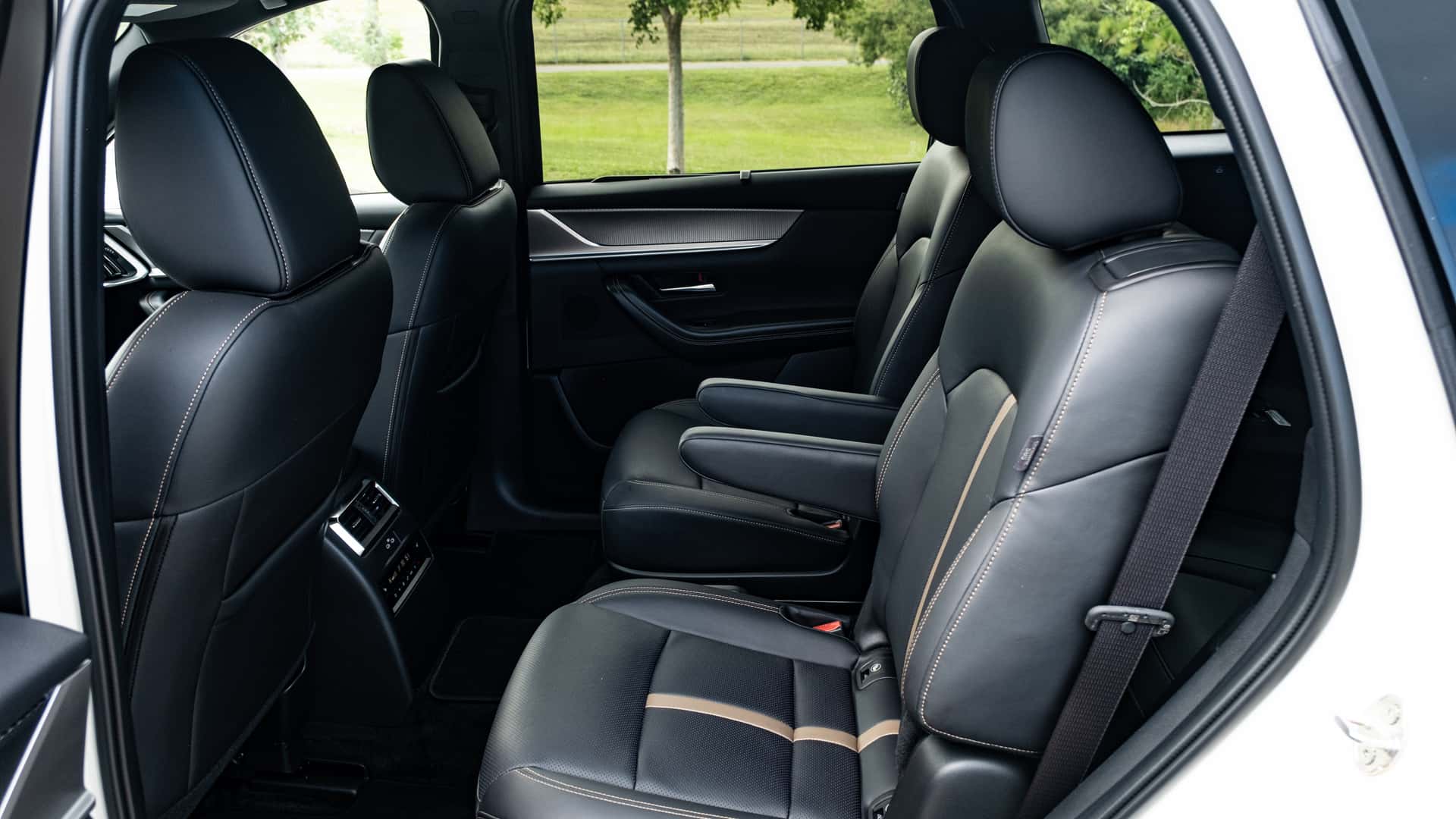
The interior is premium – and not just for the class. The CX-90 dips into luxury territory with an eight-way power-adjustable driver’s seat with lumbar support and a seven-way power-adjustable passenger seat. All three rows wear Nappa leather on this Premium Plus trim, which adds second-row captain’s chairs, ventilated front seats, and a heated steering wheel.
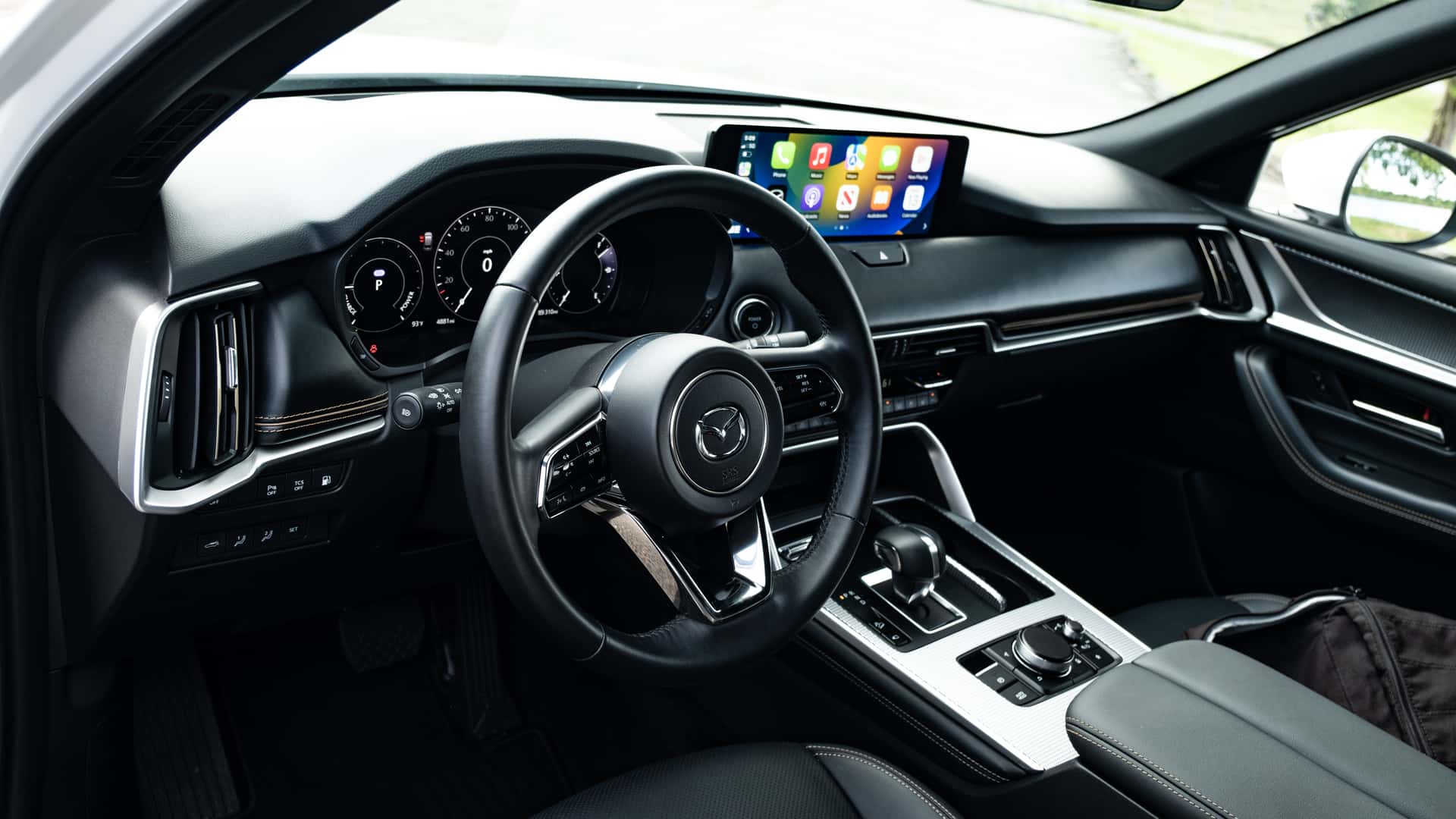
The second row is plenty roomy for your 6-foot-tall author, with ample amounts of head and legroom, but the third row isn’t as spacious. Clumsily navigate through the narrow entryway and into the third row and the CX-90 only has 36.9 inches of headroom and 30.4 inches of legroom – the latter is a few inches below average for the class. And that extends to the trunk space; the CX-90’s 14.9 cubic feet behind the third row lags far behind its competitors.
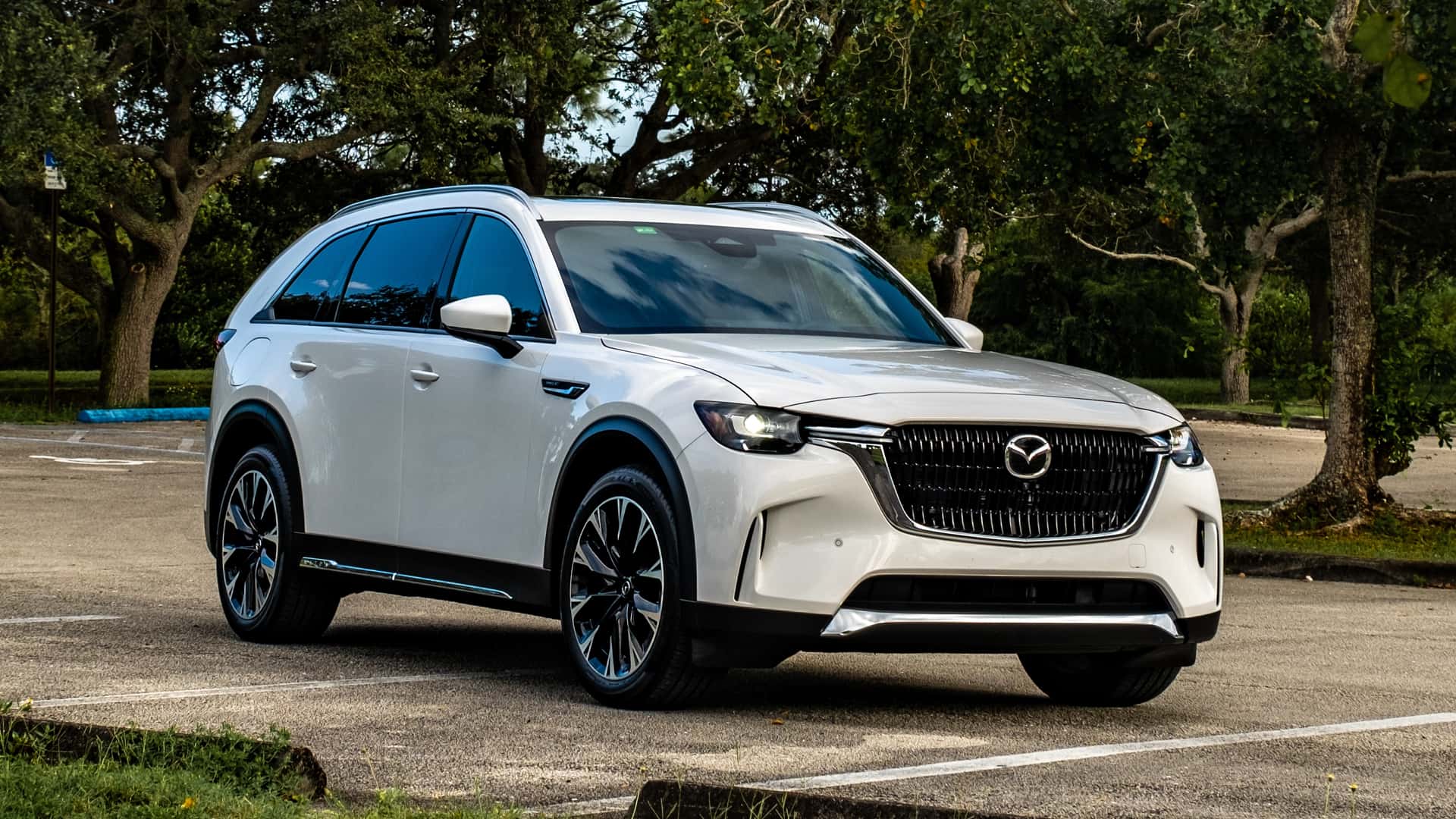
A 12.3-inch screen comes standard on the Premium Plus model versus the still-decently-big 10.3-inch screen on the base CX-90 and lesser trims. Both have wireless Apple CarPlay and Android Auto and a good ol’ fashioned central control knob to control it all. Unfortunately, the base screen isn’t a touchscreen and the 12.3-inch screen only functions as a touchscreen when the car is stationary. Mazda says it’s for safety reasons, but it makes for a frustrating user experience. Third-party apps like Spotify and Google Maps require multiple twists of the knob to access basic functions.
The CX-90 starts at $40,970 with the $1,375 destination fee included if you go for the absolute base Select model with the 3.3-liter inline-six. The cheapest CX-90 PHEV is $51,915 before options, so not exactly cheap. Opt for the Premium Plus like the one tested here – which has standard Nappa leather, a 12.3-inch touchscreen, and ventilated seats – and it’s $58,825 before options.

